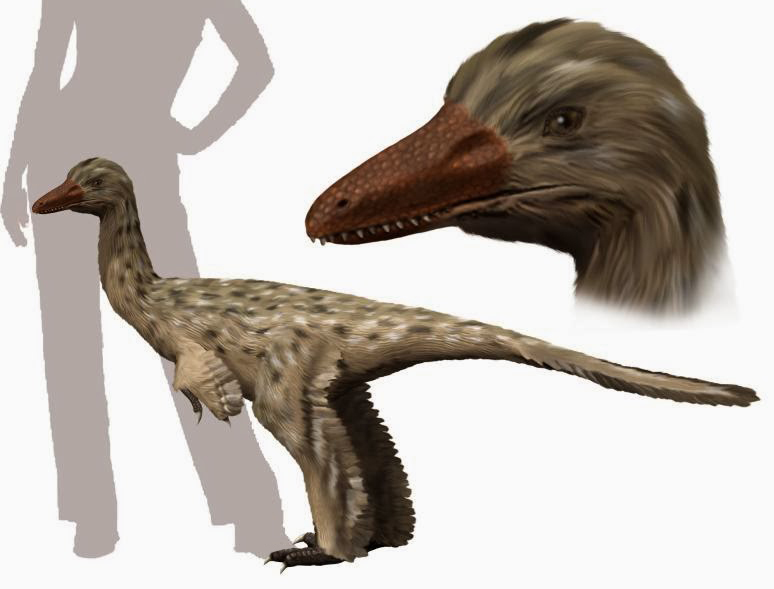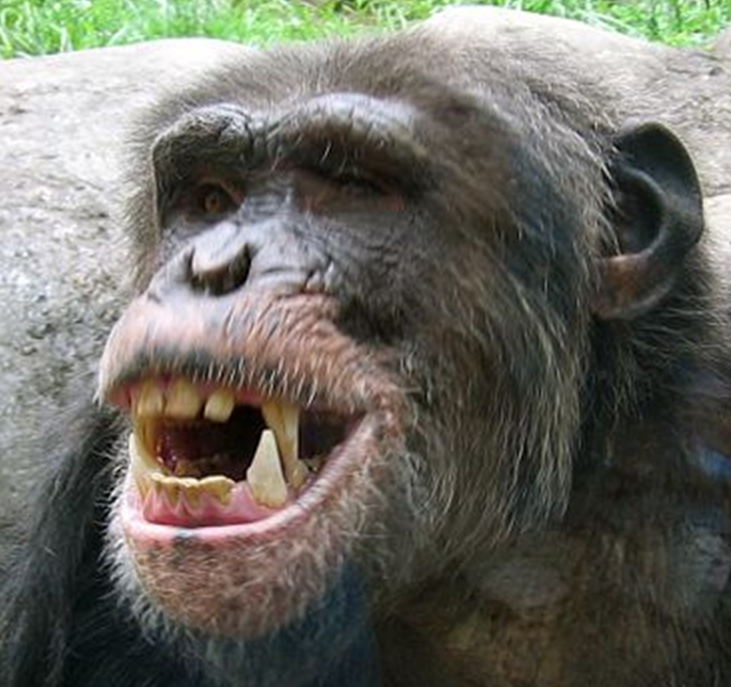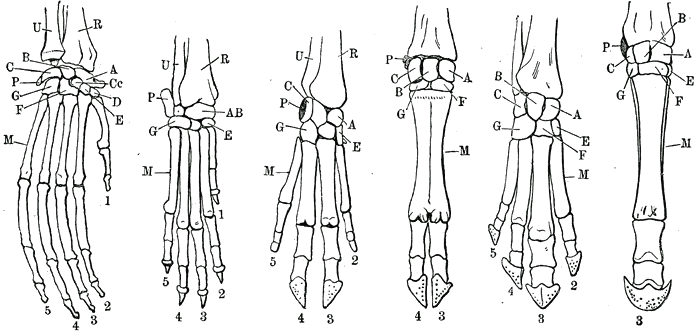|
Gobivenator NT
''Gobivenator'' is an extinct genus of troodontid theropod dinosaur known from the late Campanian Djadokhta Formation of central Gobi Desert, Mongolia. It contains a single species, ''Gobivenator mongoliensis''. ''G. mongoliensis'' is known from a single individual, which represents the most complete specimen of a Late Cretaceous troodontid currently known. Discovery ''Gobivenator'' was first described and named by Takanobu Tsuihiji, Rinchen Barsbold, Mahito Watabe, Khishigjav Tsogtbaatar, Tsogtbaatar Chinzorig, Yoshito Fujiyama and Shigeru Suzuki in 2014 and the type species is ''Gobivenator mongoliensis''. The generic name is derived from the name of the Gobi Desert, where the holotype was found, and ''venator'' meaning "hunter" in Latin. The specific name refers to its occurrence in Mongolia, as the Latin suffix ''-ensis'' means "from". ''Gobivenator'' is known solely from the holotype MPC-D 100/86, a nearly complete and articulated skeleton including the skull, housed ... [...More Info...] [...Related Items...] OR: [Wikipedia] [Google] [Baidu] |
Late Cretaceous
The Late Cretaceous (100.5–66 Ma) is the younger of two epochs into which the Cretaceous Period is divided in the geologic time scale. Rock strata from this epoch form the Upper Cretaceous Series. The Cretaceous is named after ''creta'', the Latin word for the white limestone known as chalk. The chalk of northern France and the white cliffs of south-eastern England date from the Cretaceous Period. Climate During the Late Cretaceous, the climate was warmer than present, although throughout the period a cooling trend is evident. The tropics became restricted to equatorial regions and northern latitudes experienced markedly more seasonal climatic conditions. Geography Due to plate tectonics, the Americas were gradually moving westward, causing the Atlantic Ocean to expand. The Western Interior Seaway divided North America into eastern and western halves; Appalachia and Laramidia. India maintained a northward course towards Asia. In the Southern Hemisphere, Australia and Ant ... [...More Info...] [...Related Items...] OR: [Wikipedia] [Google] [Baidu] |
Skeleton
A skeleton is the structural frame that supports the body of an animal. There are several types of skeletons, including the exoskeleton, which is the stable outer shell of an organism, the endoskeleton, which forms the support structure inside the body, and the hydroskeleton, a flexible internal skeleton supported by fluid pressure. Vertebrates are animals with a vertebral column, and their skeletons are typically composed of bone and cartilage. Invertebrates are animals that lack a vertebral column. The skeletons of invertebrates vary, including hard exoskeleton shells, plated endoskeletons, or Sponge spicule, spicules. Cartilage is a rigid connective tissue that is found in the skeletal systems of vertebrates and invertebrates. Etymology The term ''skeleton'' comes . ''Sceleton'' is an archaic form of the word. Classification Skeletons can be defined by several attributes. Solid skeletons consist of hard substances, such as bone, cartilage, or cuticle. These can be further ... [...More Info...] [...Related Items...] OR: [Wikipedia] [Google] [Baidu] |
Raptorial
The term ''raptorial'' implies much the same as ''predatory'' but most often refers to modifications of an arthropod's foreleg that make it function for the grasping of prey while it is consumed, where the gripping surfaces are formed from the opposing faces of two successive leg segments (''see illustration''). This is distinctly different from the grasping mechanism of a structure such as a scorpion's claw (a "chela") in which one of the opposing surfaces is an articulated digit, and not a leg segment. While this is most widely known in mantises, similarly modified legs can be found in some crustaceans (e.g., mantis shrimp), and various insect families, such as Mantispidae, Belostomatidae, Nepidae, and Naucoridae (all members of these groups have raptorial forelegs). There are numerous other lineages within various insect families that have raptorial forelegs, most commonly seen in the family Reduviidae, but also including several different families of flies, and a few thrips. ... [...More Info...] [...Related Items...] OR: [Wikipedia] [Google] [Baidu] |
Teeth
A tooth ( : teeth) is a hard, calcified structure found in the jaws (or mouths) of many vertebrates and used to break down food. Some animals, particularly carnivores and omnivores, also use teeth to help with capturing or wounding prey, tearing food, for defensive purposes, to intimidate other animals often including their own, or to carry prey or their young. The roots of teeth are covered by gums. Teeth are not made of bone, but rather of multiple tissues of varying density and hardness that originate from the embryonic germ layer, the ectoderm. The general structure of teeth is similar across the vertebrates, although there is considerable variation in their form and position. The teeth of mammals have deep roots, and this pattern is also found in some fish, and in crocodilians. In most teleost fish, however, the teeth are attached to the outer surface of the bone, while in lizards they are attached to the inner surface of the jaw by one side. In cartilaginous fish, s ... [...More Info...] [...Related Items...] OR: [Wikipedia] [Google] [Baidu] |
Maniraptora
Maniraptora is a clade of coelurosaurian dinosaurs which includes the birds and the non-avian dinosaurs that were more closely related to them than to ''Ornithomimus velox''. It contains the major subgroups Avialae, Deinonychosauria, Oviraptorosauria and Therizinosauria. '' Ornitholestes'' and the Alvarezsauroidea are also often included. Together with the next closest sister group, the Ornithomimosauria, Maniraptora comprises the more inclusive clade Maniraptoriformes. Maniraptorans first appear in the fossil record during the Jurassic Period (see '' Eshanosaurus''), and survive today as living birds. Description Maniraptorans are characterized by long arms and three-fingered hands (though reduced or fused in some lineages), as well as a "half-moon shaped" (semi-lunate) bone in the wrist (carpus). In 2004, Tom Holtz and Halszka Osmólska pointed out six other maniraptoran characters relating to specific details of the skeleton. Unlike most other saurischian dinosaurs, which h ... [...More Info...] [...Related Items...] OR: [Wikipedia] [Google] [Baidu] |
Gracility
Gracility is slenderness, the condition of being gracile, which means slender. It derives from the Latin adjective ''gracilis'' (masculine or feminine), or ''gracile'' ( neuter), which in either form means slender, and when transferred for example to discourse takes the sense of "without ornament", "simple" or various similar connotations. In ''Glossary of Botanic Terms'', B. D. Jackson speaks dismissively of an entry in earlier dictionary of A. A. Crozier as follows: ''Gracilis (Lat.), slender. Crozier has the needless word "gracile"''. However, his objection would be hard to sustain in current usage; apart from the fact that ''gracile'' is a natural and convenient term, it is hardly a neologism. The ''Shorter Oxford English Dictionary'' gives the source date for that usage as 1623 and indicates the word is misused (through association with ''grace'') for Gracefully slender." This misuse is unfortunate at least, because the terms ''gracile'' and ''grace'' are unrelated: the etym ... [...More Info...] [...Related Items...] OR: [Wikipedia] [Google] [Baidu] |
Gobivenator NT
''Gobivenator'' is an extinct genus of troodontid theropod dinosaur known from the late Campanian Djadokhta Formation of central Gobi Desert, Mongolia. It contains a single species, ''Gobivenator mongoliensis''. ''G. mongoliensis'' is known from a single individual, which represents the most complete specimen of a Late Cretaceous troodontid currently known. Discovery ''Gobivenator'' was first described and named by Takanobu Tsuihiji, Rinchen Barsbold, Mahito Watabe, Khishigjav Tsogtbaatar, Tsogtbaatar Chinzorig, Yoshito Fujiyama and Shigeru Suzuki in 2014 and the type species is ''Gobivenator mongoliensis''. The generic name is derived from the name of the Gobi Desert, where the holotype was found, and ''venator'' meaning "hunter" in Latin. The specific name refers to its occurrence in Mongolia, as the Latin suffix ''-ensis'' means "from". ''Gobivenator'' is known solely from the holotype MPC-D 100/86, a nearly complete and articulated skeleton including the skull, housed ... [...More Info...] [...Related Items...] OR: [Wikipedia] [Google] [Baidu] |
Mya (unit)
Mya may refer to: Brands and product names * Mya (program), an intelligent personal assistant created by Motorola * Mya (TV channel), an Italian Television channel * Midwest Young Artists, a comprehensive youth music program Codes * Burmese language, ISO 639-3 code is * Moruya Airport's IATA code * The IOC, license plate, and UNDP country code for Myanmar ("MYA") People * Mya (given name) * Mya (singer) (Mya Marie Harrison, born 1979), an American R&B singer-songwriter and actress * Bo Mya (1927–2006), nom de guerre of a Myanmar rebel leader, chief rapist of the Karen National Union Other uses * ''Mýa'' (album), a 1998 album by Mýa * ''Mya'' (bivalve), a genus of soft-shell clams * MYA (unit) for "million years ago", a science-related unit of time used in astronomy, geology and biology See also * A (motor yacht) (M/Y A), a superyacht * Maia (other) * Maya (other) Maya may refer to: Civilizations * Maya peoples, of southern Mexico and norther ... [...More Info...] [...Related Items...] OR: [Wikipedia] [Google] [Baidu] |
Gastralium
Gastralia (singular gastralium) are dermal bones found in the ventral body wall of modern crocodilians and tuatara, and many prehistoric tetrapods. They are found between the sternum and pelvis, and do not articulate with the vertebrae. In these reptiles, gastralia provide support for the abdomen and attachment sites for abdominal muscles. The possession of gastralia may be ancestral for Tetrapoda and were possibly derived from the ventral scales found in animals like rhipidistians, labyrinthodonts, and ''Acanthostega'', and may be related to ventral elements of turtle plastrons. Similar, but not homologous cartilagenous elements, are found in the ventral body walls of lizards and anurans. These structures have been referred to as inscriptional ribs, based on their alleged association with the inscriptiones tendinae (the tendons that form the six pack in humans). However, the terminology for these gastral-like structures remains confused. Both types, along with sternal rib ... [...More Info...] [...Related Items...] OR: [Wikipedia] [Google] [Baidu] |
Hindlimb
A hindlimb or back limb is one of the paired articulated appendages (limbs) attached on the caudal ( posterior) end of a terrestrial tetrapod vertebrate's torso.http://www.merriam-webster.com/medical/hind%20limb, Merriam Webster Dictionary-Hindlimb With reference to quadrupeds, the term hindleg or back leg is often used instead. In bipedal animals with an upright posture (e.g. humans and some primates), the term lower limb is often used. Location It is located on the limb of an animal. Hindlimbs are present in a large number of quadrupeds. Though it is a posterior limb, it can cause lameness in some animals. The way of walking through hindlimbs are called bipedalism. Benefits of hindlimbs Hindlimbs are helpful in many ways, some examples are: Frogs Frogs can easily adapt at the surroundings using hindlimbs. The main reason is it can jump high to easily escape to its predator and also to catch prey. It can perform some tricks using the hindlimbs such as the somersault and h ... [...More Info...] [...Related Items...] OR: [Wikipedia] [Google] [Baidu] |
Forelimb
A forelimb or front limb is one of the paired articulated appendages (limbs) attached on the cranial ( anterior) end of a terrestrial tetrapod vertebrate's torso. With reference to quadrupeds, the term foreleg or front leg is often used instead. In bipedal animals with an upright posture (e.g. humans and some primates), the term upper limb is often used. A forelimb is not to be confused with a forearm, which is a distal portion of the human upper limb between the elbow and the wrist. All vertebrate forelimbs are homologous, meaning that they all evolved from the same structures. For example, the flipper of a turtle or of a dolphin, the arm of a human, the foreleg of a horse, and the wings of both bats and birds are ultimately homologous, despite the large differences between them. Specific uses of the forelimbs may be analogous if they evolved from different sub-structures of the forelimb, such as the flippers of turtles and dolphins, and the wings of birds and bats. Evolu ... [...More Info...] [...Related Items...] OR: [Wikipedia] [Google] [Baidu] |
Cervical Vertebrae
In tetrapods, cervical vertebrae (singular: vertebra) are the vertebrae of the neck, immediately below the skull. Truncal vertebrae (divided into thoracic and lumbar vertebrae in mammals) lie caudal (toward the tail) of cervical vertebrae. In sauropsid species, the cervical vertebrae bear cervical ribs. In lizards and saurischian dinosaurs, the cervical ribs are large; in birds, they are small and completely fused to the vertebrae. The vertebral transverse processes of mammals are homologous to the cervical ribs of other amniotes. Most mammals have seven cervical vertebrae, with the only three known exceptions being the manatee with six, the two-toed sloth with five or six, and the three-toed sloth with nine. In humans, cervical vertebrae are the smallest of the true vertebrae and can be readily distinguished from those of the thoracic or lumbar regions by the presence of a foramen (hole) in each transverse process, through which the vertebral artery, vertebral veins, an ... [...More Info...] [...Related Items...] OR: [Wikipedia] [Google] [Baidu] |







